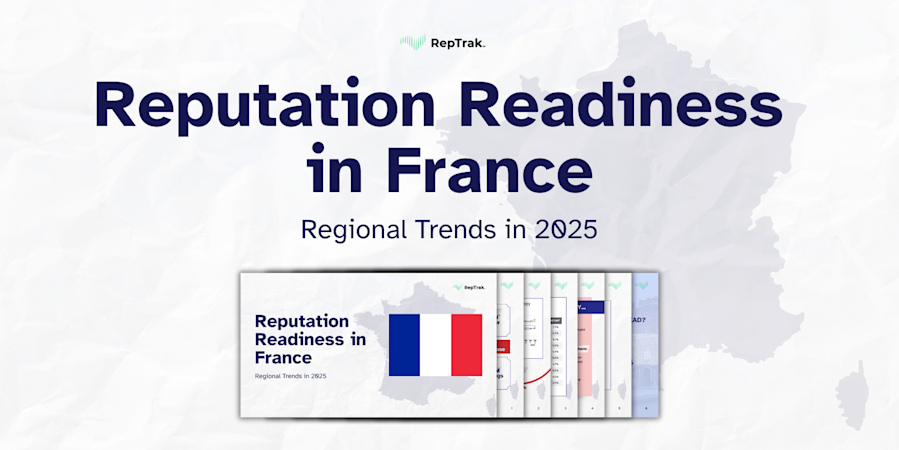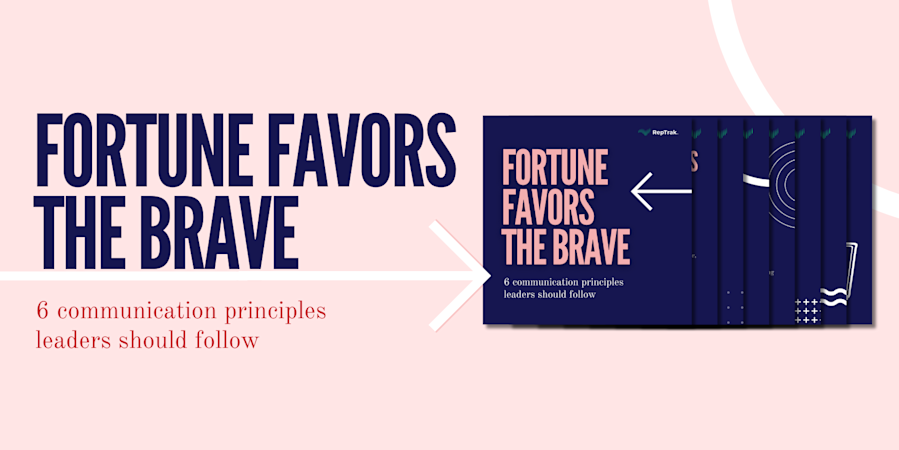3 Teachings on Vulnerability for HR Execs from Brené Brown
Blog Post14 Nov, 2019
At a glance, The Call to Courage, Brené Brown’s Netflix documentary, could easily be mistaken for a stand-up comedy special. Perched on a large stage, Brown addresses an impressive crowd, inciting waves of laughter with amusing narratives and embarrassing personal anecdotes. Honest, relatable and undeniably likeable, Brown easily amuses and engages the audience. It isn’t long, however, before a more serious undertone emerges. Woven together with the lightheartedness are some tough truths, emotional stories, and two decades worth of scientific research. The complex tapestry reveals a simple but powerful message: Courage is borne out of vulnerability, not strength.
Brown speaks with the crowd about President Theodore Roosevelt’s famous “The Man in the Arena” speech as the foundation to much of her work and her realization that moments spent spectating were wasted opportunities.
“It is not the critic who counts; not the man who points out how the strong man stumbles...The credit belongs to the man who is actually in the arena, whose face is marred by dust and sweat and blood; who strives valiantly; who errs, who comes short again and again.”
The seats in the stands are comfortable and secure, which makes it easy to settle into them. It is human nature to fear failure and, in an effort to avoid it, so many of us shield ourselves from situations that are intimidating, uncomfortable and, worst of all, unpredictable. Brown shares her view that,
“Vulnerability is not about winning. It’s not about losing. It’s having the courage to show up when you can’t control the outcome.”
What does vulnerability in the workplace look like?
While Brené Brown delivers her nuggets of wisdom to a general audience in “The Call to Courage,” the information conceptually lends itself to application in a professional environment, especially in the Human Resources department. Building a humane and people-first culture requires being vulnerable and encouraging vulnerability as a business and leadership team. Vulnerability becomes an asset driving the culture in which your employees thrive. The ideas and practices addressed in “The Call to Courage” are quite teachable and have the potential to make improvements in three areas:
1. Develop courageous leaders that are willing to be vulnerable
Brown affirms that courage and vulnerability are a package deal. It is impossible to be brave without putting yourself out there, which entails abandoning comfort zones. A good leader might help an organization succeed, but a courageous leader has the ability to break barriers.
One common weakness displayed in work environments is poor communication skills around difficult or sensitive issues. However, Brown shares that “brave leaders are never silent around tough things.” For instance, leaders must be courageous enough to confront individuals that hinder productivity, and properly identify and address the cause of the behaviors. A leader that is unwilling to be vulnerable in these contexts is unlikely to adequately address awkward issues, instead opting to soften or even avoid these types of uncomfortable talks. Lacking courage to address unchecked behaviors can needlessly harm an organization for the sake of maintaining personal comfort. Indeed, Brown asserts,
“To not have the conversation because it makes you uncomfortable is the definition of privilege”
From an HR perspective, teaching and fostering the skills needed to have challenging conversations with employees will better equip leaders to deal with such situations adequately. Be clear about your prioritization of these traits in the business context and reap the rewards with employees, clients, and company results.
2. Lead with confidence
Brown warns that full vulnerability requires leaders to allow visibility into their work that invites as much criticism as it does praise. A courageous leader will be okay with that, leaning upon his or her confidence to maintain conviction in their choices.
At one point in “The Call to Courage” Brown offers, “I’m dangerous, I like myself so much” as a response to a time she was met with great criticism. While wrapped in humor, the heart of this statement is immensely powerful: she both recognizes and owns herself with a confidence that is unshakable, allowing her to open herself to emotionally challenging, yet potentially valuable criticisms. A courageous leader will show up every day ready to own up to his or her previous decisions, and jump into the arena for the team.
Promoting vulnerability and emphasizing the necessity for failure should also be part of the creative culture in a workplace. Employees that aren’t afraid to miss the mark are far more likely to keep shooting until they hit the target. Brown maintains that,
“There is no innovation without failure, there is no creativity without vulnerability. Period.”
Embracing vulnerability and failure are not easy practices. However, they are teachable ones. Instilling these types of mindsets in employees will incite professional, personal, and creative growth. To be clear, I am not suggesting reckless behavior in the spirit of bravery and confidence, but rather bravery rooted in preparedness to fuel even greater confidence in your actions.
3. Build an HR function that embraces vulnerability and bravery
As HR professionals in a time full of so many social and cultural movements that will change the world as we know it, we owe it to each and every employee to encourage brave conversations around tough issues. It is no longer enough to simply hope employees feel comfortable and are courageous enough to come forward. For instance, only sharing your corporate “HR Reporting Procedure” in a company handbook puts all the responsibility on the employee and can inhibit voices from being heard. For anyone experiencing an issue of magnitude at work, that responsibility can feel insurmountable no matter how many Brené Brown books they have read! Leadership and HR must encourage being brave and vulnerable through their core values, the company culture, the management team, and the work environment they create for employees.
Are you as a business welcoming these conversations and creating a space for employees to be vulnerable, or are you putting the full weight of that responsibility on the employee? For HR to actually drive change and help employees, we need to talk honestly and openly with employees about the tough stuff – most importantly, without expecting them to initiate the conversations.
Facing the unknown is an intimidating task as it requires one to willingly relinquish control of an outcome. Just as easily as vulnerability could lead to disaster, it can lead to triumph. Without weaving vulnerability and radical candor into workplace cultures, businesses will continue to be perpetually surprised and two steps behind their HR challenges and workplace issues.
Brown closes the documentary by encouraging audience members to answer their own calls to courage:
“Vulnerability seems hard, scary and dangerous. But it’s not as hard, scary or dangerous as getting to the end of our lives and having to ask ourselves ‘What if I would have shown up?’ Show up, be seen, answer the call to courage. Because you’re worth it. You’re worth being brave.”
Learn more about how to win talent acquisition in a competitive workplace economy.
Rebecca Reott Senior Director of Global HR The RepTrak Company [email protected]






